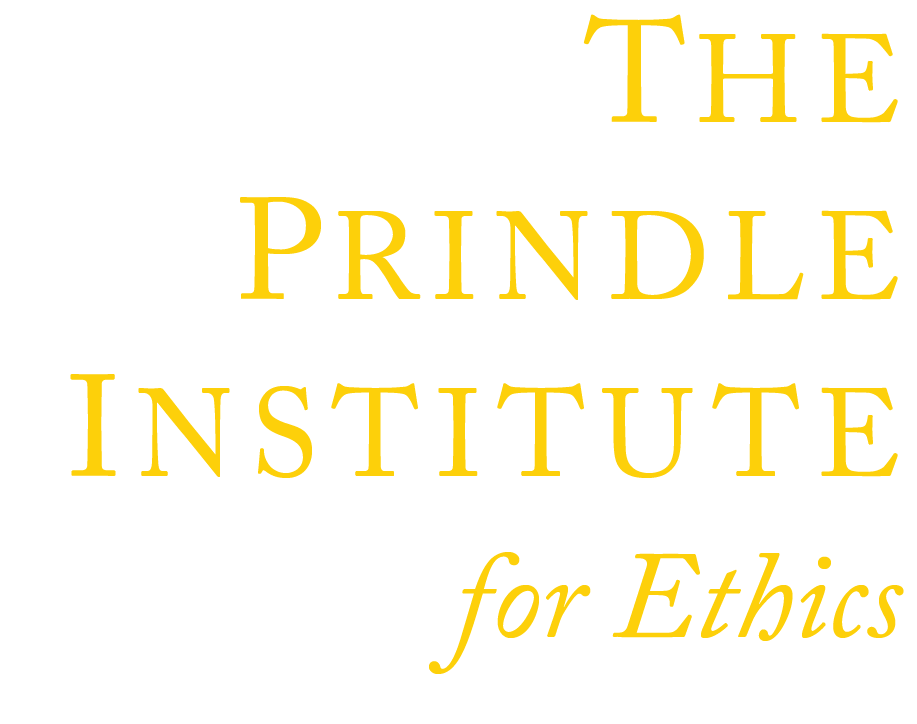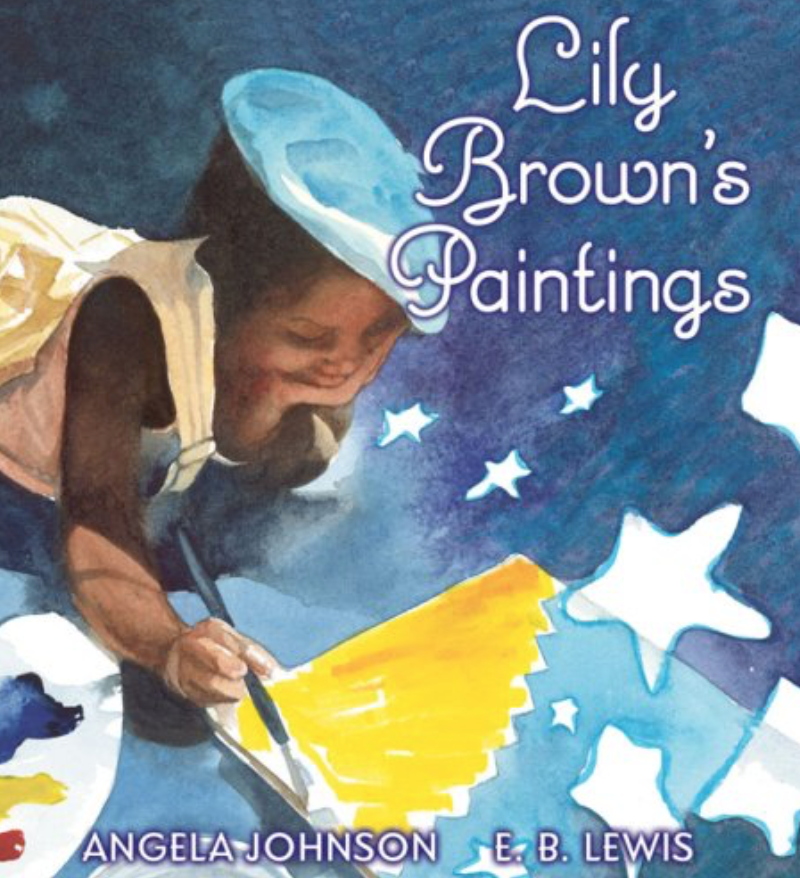Lily Brown’s Paintings
Book Module Navigation
Summary
Lily Brown’s Paintings asks a variety of questions about reality, imagination, and art.
Lily Brown is a painter, and paints her very own imaginative world. Apples sing and people walk upside down in her paintings, but that’s okay because it’s her world!
Read aloud video by Marva Collins
Guidelines for Philosophical Discussion
Lily Brown’s Paintings deals with the philosophical concepts of reality versus imagination or illusions. The fine lines that might appear to separate these concepts are gray and not easily demarcated in the happenings of this book.
The book opens describing Lily Brown’s “real world” – her house, her parents, her brother, her bedroom, her life. Then, the author writes, “When Lily Brown starts to paint, her world starts to change.” This brings us to a topic discussed in the second section of the question set – the real world versus the world of imagination. Though the author never states that when Lily paints, she enters a different world, many philosophers might argue that Lily has created an imaginary world in which she can control the events and make things happen that could never actually happen in real life. They would argue that Lily’s seeing “trees that wear hats, drink tea, and bow to her” are all imagined experiences. These imagined experiences may be serving some purpose in her psychological development, like helping her accept the real world as it is while living out her fantasies in this “dream world” of her paintings.
Exploring the nature and purpose of art is also an important philosophical issue raised by this book. The book states that in Lily Brown’s paintings, “the colors of people, places, and things change with her heart.” Some might argue that Lily uses art as a medium for expressing not just her imagination and creative ingenuities, but also for her feelings and emotional responses to things that occur in life. In the “Purpose of Art” section of the question set, the children are encouraged to discuss the types of things an artist can do with a painting, like selecting different colors to use or different objects to draw, which can allow her to express her emotions through her artwork.
This leads us to the “Nature of Reality” section of the question set: the characteristics of an experience that qualify that experience as real or as a dream. Some philosophers might argue that whether or not an experience can be considered “real” is determined by one simple factor: can these things really happen in real life? If the answer is no, the experience is imagined; if yes, it is real. Other philosophers argue that the intense sensation one experiences in a real experience differs from the sensation one experiences in a dream or fantasy. This argument, however, is not easily applied to the happenings of this book, for we have no insight into how Lily Brown feels as she “walks around in her paintings.” The book does state that it is Lily alone who experiences the unique things that happen in her dreams, like alligators sitting on lounge chairs and antelopes talking on the phone.
This brings us to our “Nature of Imagination” section of the question set: can the fact that one person experiences something that no one else has ever seen be enough evidence to qualify an experience as real? Or does it require a larger group of people witnessing an event in order for the larger society to consider it a “real” experience?
The world that comes into existence when Lily begins painting might at first glance seem like an illusory or dream world, but Lewis and Johnson selected the illustrations used in the book in order to make it unclear just where the “real world” ends and the “fantasy world” begins. The pages of the book that describe what Lily experiences in her painting world are illustrated by what looks like a child’s watercolor paintings. Yet, on the pages that are narrating what is going on outside of Lily’s painting world, professional illustrations are used. It might seem as though the author is suggesting that what happens outside of Lily’s painting world is the objective, real-world, while the world that comes alive when Lily paints is a world that is just a dream created by the imagination of a child. The last page of the book, however, demonstrates how the author’s intent was to create shades of gray between the objective and illusive worlds. Though Lily Brown has finished painting and is about to go to bed, Lewis and Johnson use a child’s painting to illustrate how “it’s their [the family’s] world again, and it’s wondrous.” The supposed “real world” is illustrated by a “dream world” child’s painting. Children will enjoy embarking on their own journey through Lily’s paintings, deciding which they think is the “real” world, and just what it means for an experience to count as “reality.”
Questions for Philosophical Discussion
Reality
But when Lily Brown paints, her world starts to change.
- What kinds of things change about Lily’s world when she begins painting?
- Can you name a couple of the strange things that happen?
- Have you ever seen any of those things happen? Do you think that it is possible that any of those things happen in real life?
- Do you think that what she is experiencing is real? Why or why not?
- What makes an experience real?
Imagination
In Lily Brown’s paintings, people walk upside down, and the buildings on streets dance with airplanes flying above. And it’s another world.
- If you experience something all by yourself, and no one else saw what you saw, does that mean that what you experienced was a figment of your imagination? Or could it have been real? How could you tell?
- When Lily Brown paints and lives in her own world, is she dreaming or using her imagination?
- What makes something a dream or imagination?
- Why do people create imaginary worlds?
Art
Lily paints all that she sees and feels her own way. She puts her world of color and light on anything she can find. It’s magical.
- The things Lily puts in her paintings, no one else has ever seen happen. Why do you think Lily paints such things?
- What other kinds of things can you do when you paint or draw pictures?
- Can creating art be a way to use your imagination?
In Lily Brown’s paintings, the colors of people, places, and things change with her heart.
- Why do you think that the colors of everyone and everything in Lily’s paintings change when her heart changes?
- Can painting or creating art be used as a way to express your feelings?
- If you were angry, and you drew a painting, how would it look? What colors might you decide to use? What types of things would be in your paintings?
- If you were very happy, and you drew a painting, how would the painting look? What colors might you decide to use? What types of things would be in your paintings?
Original questions and guidelines for philosophical discussion by Maya Dean. Edited June 2020 by The Janet Prindle Institute for Ethics.
Find tips for leading a philosophical discussion on our Resources page.






